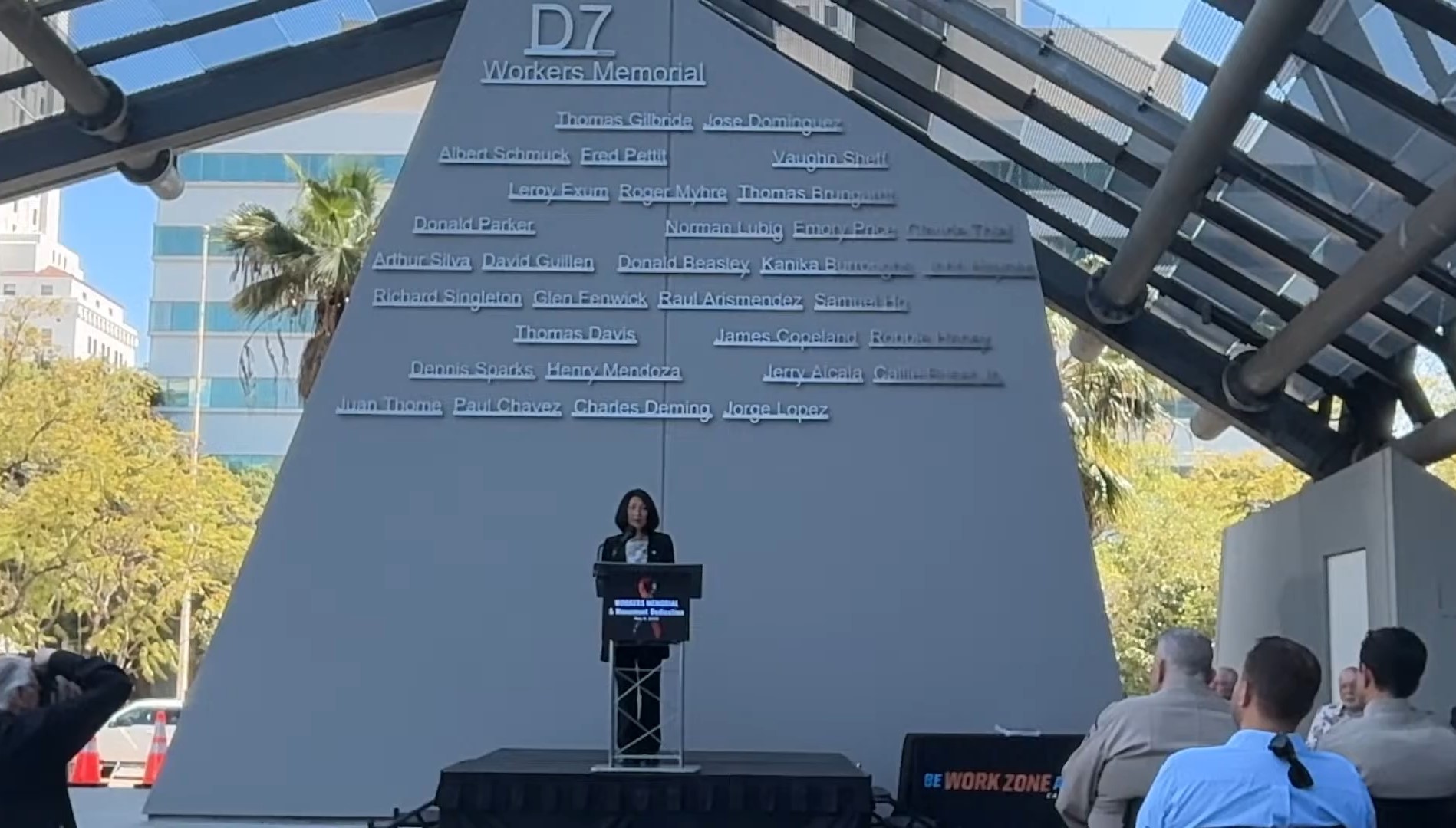This article is the first in a series about the U.S. military’s new embrace of smart growth planning.
“The largest redevelopment opportunity in the world is at the Department of Defense.”
Rep. Earl Blumenauer wasn’t exaggerating when he uttered those words to an audience of smart-growth developers earlier this month. While U.S. DOT, the EPA, and HUD get all the glory as the Partnership for Sustainable Communities – which celebrated its fourth anniversary this week – it may be the Defense Department that has the most potential to reinvent the way land is used in the U.S. and abroad. The Pentagon is now using smart growth planning models to re-design the vast amounts of land it controls at its bases. And the military chain of command is bringing its full authority to bear on the matter: Livability is mandatory.
Even before a 2009 executive order mandating sustainability practices within the federal government and a 2008 report that sounded the alarm about the military’s dangerous reliance on oil, the Pentagon was making big changes. One of the largest institutional energy consumers in the world, DoD started increasing its investment in clean energy in 2006 and then set about taking a long, hard look at how it uses land.
It was inspired, in part, by former Air Force architect and planner Mark Gillem, now a professor of urban design at the University of Oregon. Gillem wrote a book in 2007 about the Pentagon’s practice of exporting inefficient suburban development to its bases abroad. U.S. military bases, in this country and elsewhere, are often entire cities unto themselves, and they're often cities that suffer from auto-centric sprawl that limits connectivity and makes for unappealing living environment. It's the kind of development the free market is rejecting wholesale these days -- but the military is no free market.
It wasn't always this way.
“The military, back in the 20s and 30s, led the way in creating compact, walkable communities,” Gillem told Streetsblog. “Our historic army posts – Fort Sill, for example, in Oklahoma; F.E. Warren Air Force Base in Cheyenne, Wyoming; Randolph Air Force base in San Antonio -- these all follow the principles that have great sustainability benefits, and they just abandoned it, like most of America abandoned it.”
In order to be a better neighbor overseas and to use resources more wisely, Gillem counseled the military to stop wasting valuable land. He recommended a shift away from low-density, auto-oriented development on military bases toward a more compact, walkable, urbanist model.
So the military hired him to rewrite its planning rules.
After a process that involved senior planners from all four branches of the military, as well as military families (who expressed a strong preference for compact and walkable communities), the new rules came out a year ago: the United Facilities Criteria (UFC) for Installation Master Planning [PDF]. It’s the first update since 1986.
And as Rep. Blumenauer told the Smart Growth America-affiliated developers, the new UFC looks like something they would have written themselves. Here’s one excerpt:
Sustainable planning leads to “lasting” development – meeting present mission requirements without compromising the ability of future generations to meet their needs. The goal of such development is to make the most effective use of limited resources, reduce fossil fuel use and increase the use of alternative fuels, and to create more compact and sustainable communities that still meet security and safety requirements.
It goes on to exhort planners to incorporate principles of compact, transit-oriented, mixed-use infill development into their master plans and area development plans. Noting that physical fitness is key to military readiness, the document stresses that “high connectivity, mixed land uses, and well-designed pedestrian and bicycle infrastructure decrease auto dependence and increase levels of walking, running, and cycling.” It includes a sample transportation plan, a pedestrian and bikeway plan, and an open space plan. And it incorporates some factors that most planners never have to deal with: antiterrorism concerns, surveillance, and other security issues.
It’s a huge paradigm shift for the Defense Department, which had gotten into the habit of building massive single-story commissaries and exchanges with a Costco-like footprint, and simply building further and further out when more land was needed.
The four bases that have applied these principles on a pilot basis – one for each of the four branches of the military – have seen enormous success and a lot of "a-ha" moments, according to Gillem. “The commander at Joint Base Pearl Harbor-Hickam, for example, Captain Jeffrey James -- he doesn’t have any planning background, he was a navy ship driver,” Gillem says. “And he totally gets this. He said, ‘Wow, from a commander’s point of view, this makes total sense.’ It gives him some certainty about where the installations can go; it gives him some focus on what he needs to get his plan [for the base's development] achieved.”
That’s not to say that Gillem’s methods haven’t met with some hard-headed military recalcitrance. “There’s just a culture of, ‘This is a way we’ve done it for 40 years; why should I change?’” he said.
One of the four pilot installations – and Gillem wouldn’t name names – encountered some pushback against the new ideas, and it went before the Judge Advocate General – the military's legal authority – to determine whether the UFC is just guidance or whether it’s mandatory. And the ruling came down just a few weeks ago: The UFC on master planning is mandatory policy. Agencies must abide by it unless they get a waiver – which would need to be signed by the person who originally signed the UFC into effect. Meanwhile, the Undersecretary of Defense issued a policy letter on installation master planning, also directing conformity to the UFC.
And just last week, Rep. Blumenauer got an amendment [PDF] inserted into the National Defense Authorization Act, legislatively reinforcing the requirement for the military to use horizontal and vertical mixed-use development with a focus on pedestrian and cycling plans and consideration for the full lifecycle costs of planning decisions.
There’s a lot more to say about the massive re-design of several hundred vast tracts of military land around the country and the world. Tune in tomorrow for a discussion of the unique benefits of smart growth for military installations, including some that you might not have considered.






